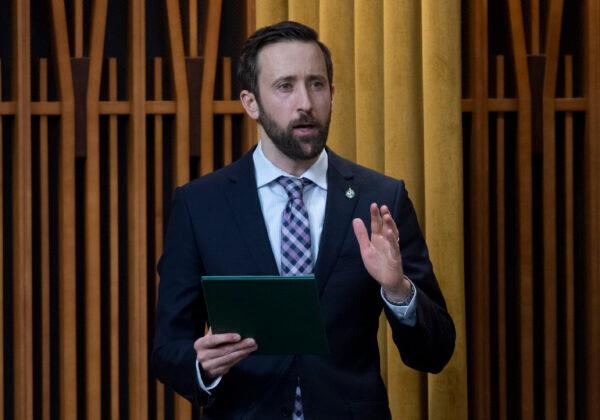Commentary
Within the last week or so, news outlets such as the New York Times and CBC have declared that the United States has now taken China’s place as the “epicentre” of the pandemic. “The U.S. Now Leads the World in Confirmed Coronavirus Cases,” blared the headline of one NYT article published on March 26, which outlined the missteps that supposedly hastened the spread of the virus throughout America. It also describes China’s response as a belated start that quickly turned into a “ferocious intensity” to fight the virus that has now been “contained” through “draconian measures.”





